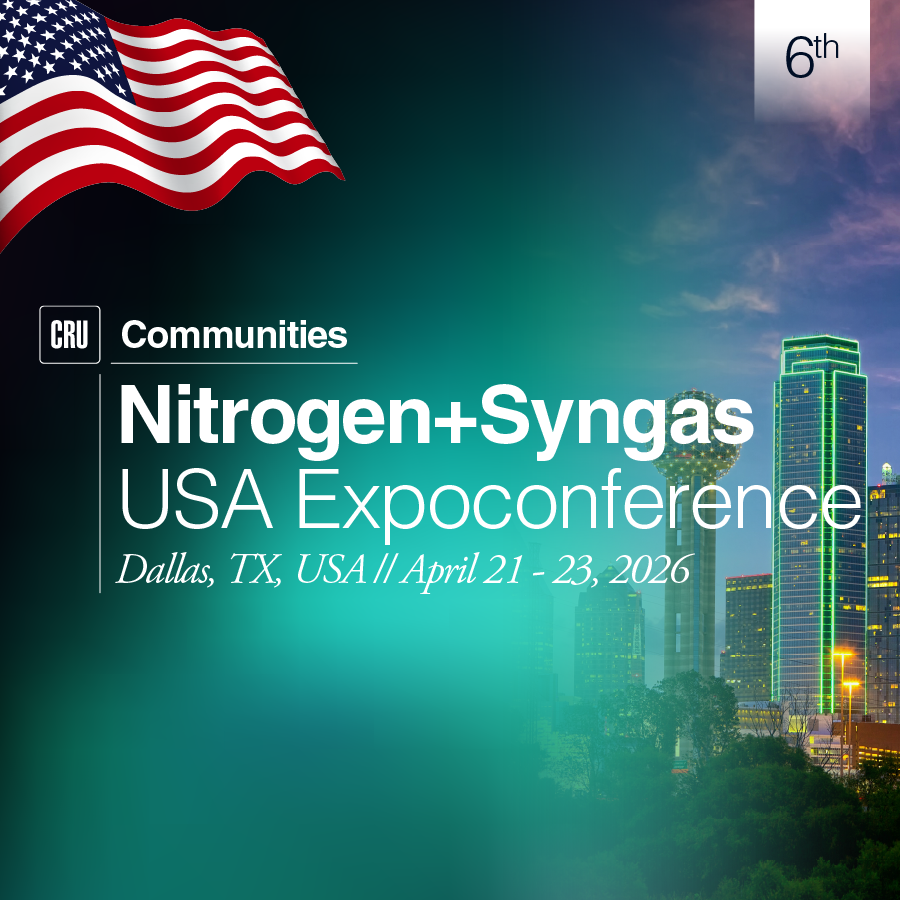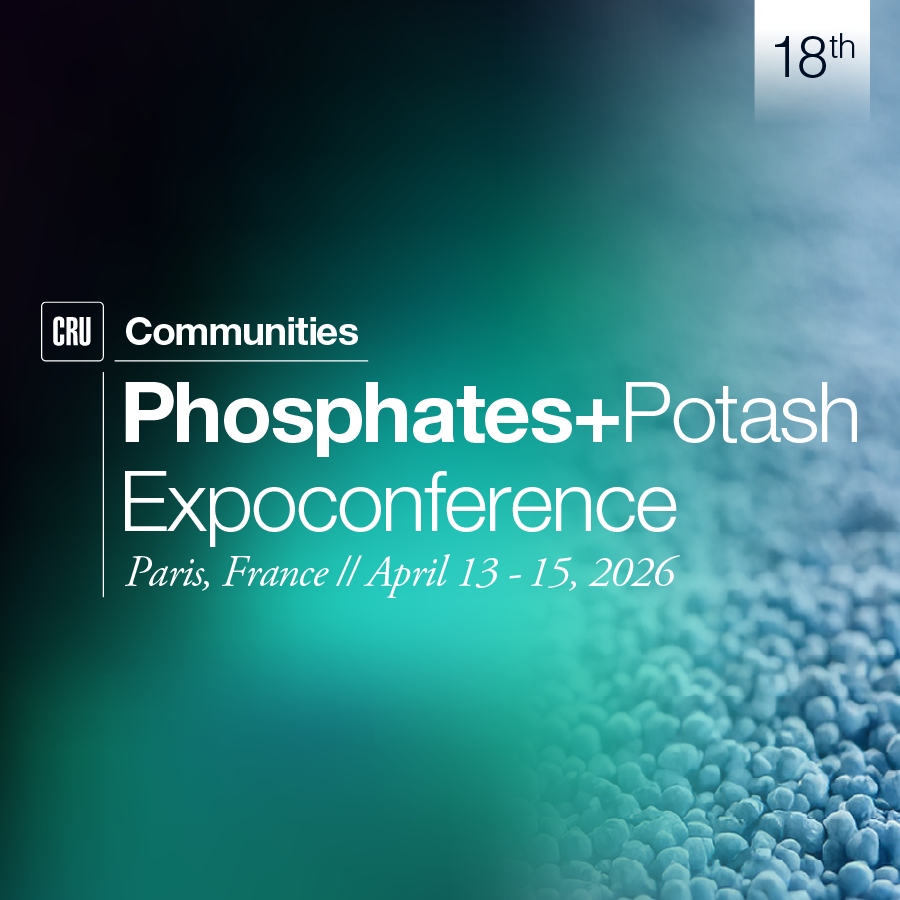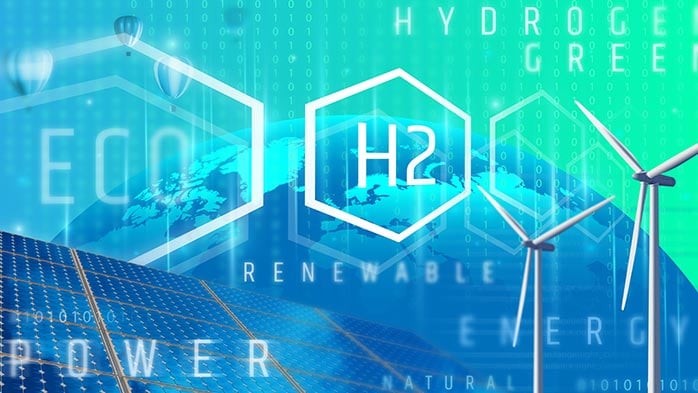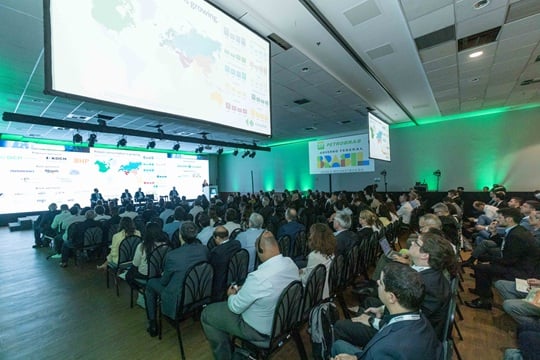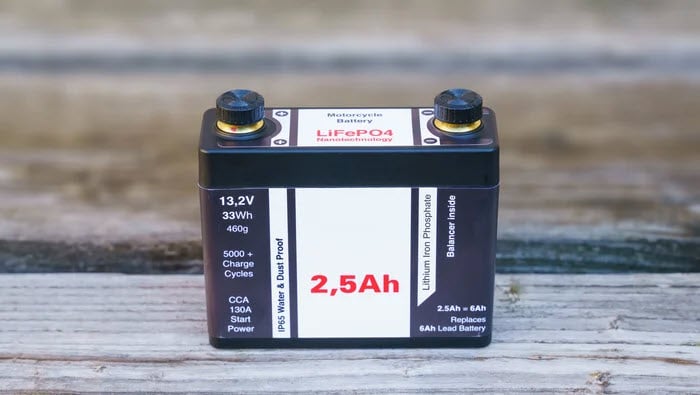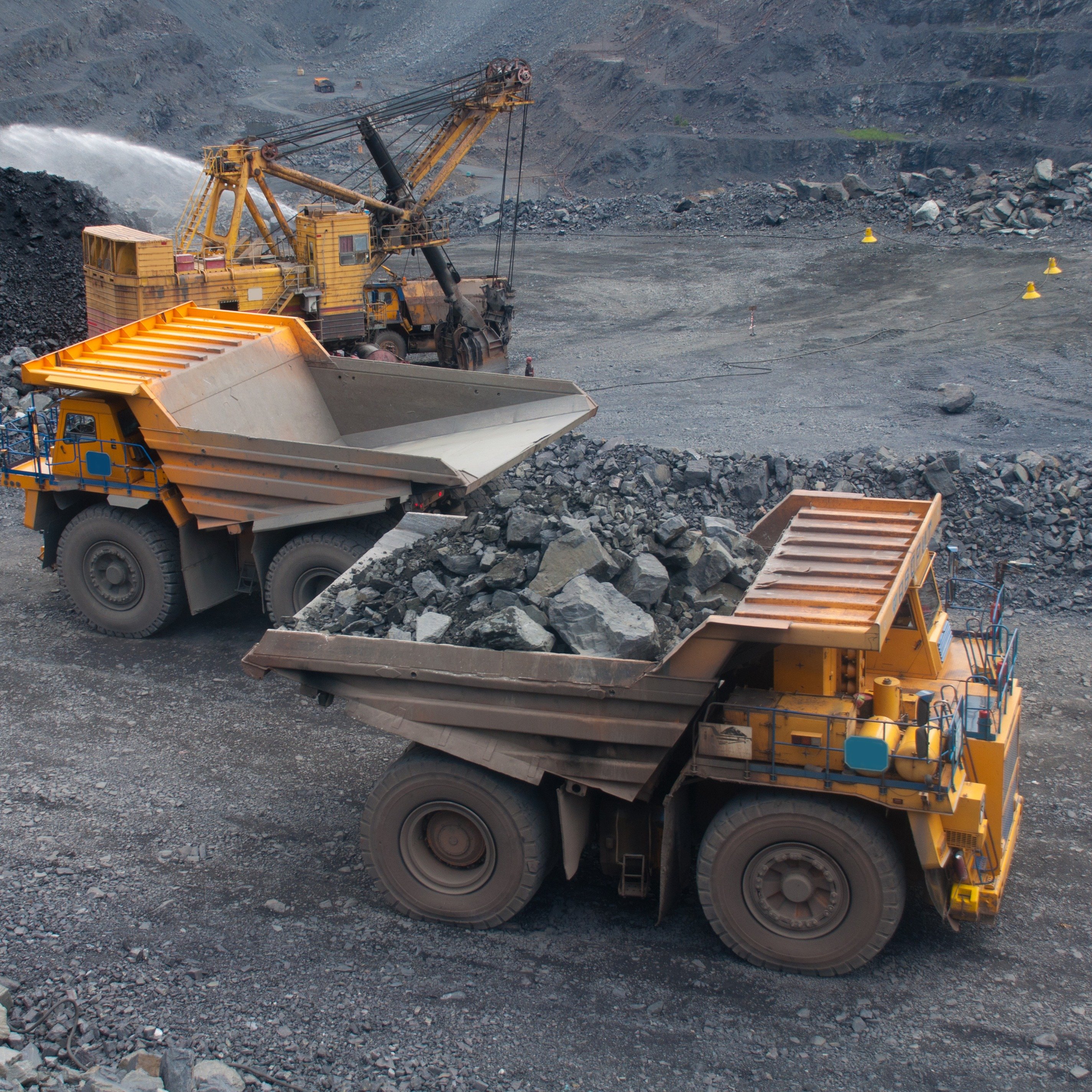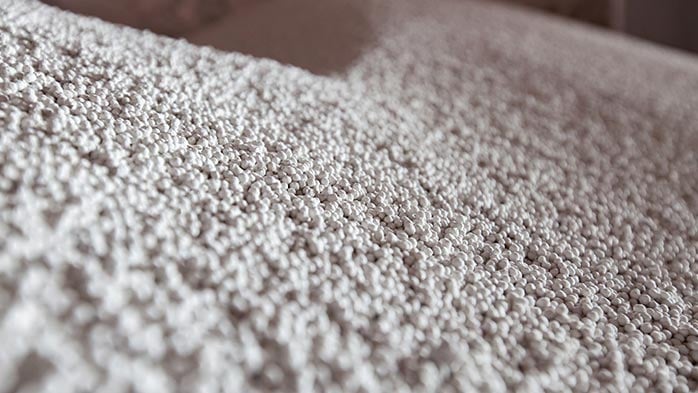Fertilizer prices have soared higher in 2021, and positive sentiment suggests markets will remain high over the remainder of the year.
Publicly-listed fertilizer producers recently published Q1 results – with many raising full year earnings guidance. Share prices have bounced and investor interest has returned. But producers are facing higher feedstock costs and other supply chain challenges. They also face increased scrutiny on how they might evolve, survive, and prosper in a low carbon world. This Insight addresses some of the key findings from the Q1 results, the outlook for the remainder of 2021, and what industry watchers and analysts should be looking out for going forward.
Subscribers to Fertilizer Week take advantage of over 200+ global fertilizer benchmark prices, breaking news, short term forecasts and market leading analysis. Click the button below to try the service for yourself.
Strong demand and supply disruptions drive prices higher
Fertilizer prices have rallied well beyond expectations so far in 2021. Key benchmarks have returned to 2011-2015 levels, following an extended price trough. Prices have steadied over the past month, but the outlook remains positive for producers. Indeed, many are now posting seasonal ‘reset’ prices at much higher levels than expected just one month ago.
The agricultural price rally is here to stay in 2021
Strong agriculture commodity prices, and the subsequent increase in fertilizer demand, has undoubtedly been the driving force behind higher fertilizer prices. The duration of this price rally was a key talking point through the earnings calls, with most expecting it to last well into 2022.
Global grain supply and demand fundamentals support this view. Inventories have been drawn down and weather concerns in Brazil are casting doubt over how much corn production is possible. However, the key to this extended rally will be China’s corn and soybean import demand. Should China step back from its recent buying spree, prices could correct lower, albeit modestly. Nevertheless, CRU expects the strong crop pricing environment to last to the end of 2022 H1, helping to maintain robust demand.
Ample fertilizer capacity will respond to strong demand
Short-term supply disruptions have also been supportive for fertilizer prices. However, they are temporary, and the industry has ample capacity which can respond to the strong demand signals and favourable margins.
The urea market has 5.5 million tonnes of capacity (non-prorated, excluding China) commissioning in 2021. There is underutilised phosphate capacity in China now starting to ramp up output in response to higher prices. And while the potash balance may look tight on an ‘effective capacity’ basis, there is abundant nameplate capacity that can be brought into production. It will take time for this capacity to respond, which should help to provide continued short-term price support. However, we expect supply pressure to have a greater influence on pricing in 2022.
Nutrien leadership shaken up, but direction remains same
Nutrien’s Q1 earnings call came in a period of transition for the company, with new CEO Mayo Schmidt taking the reins of the world’s largest fertilizer producer. Despite the change in leadership, there was no evident signal of a change in strategy. Nutrien continued with its messaging of the benefits of a wholesale and retail fertilizer business. One target for Nutrien's business will be to increase its activities in Brazil, including potential merger and acquisition opportunities.
Nutrien's best news to shareholders from its first-quarter financial results was an increase of more than $100 million in its North American potash sales. Nitrogen gains were more modest due to a smaller increase in sales volumes. Overall, Nutrien's 2021 Q1 sales increased 11% to $4.66 billion. Net earnings of $133 million reflected this improvement and compared with a net loss of $35 million for the prior year period.
The outlook for continued potash price appreciation will underpin strong results for Nutrien over 2021. Further upside may come from a potential renegotiation of the Chinese potash contract. (CRU subscriber access only) Nutrien has faced challenges with its nitrogen production, particularly in Trinidad – a continuation of these issues is something to watch out for.
CF hints at Russian trade action
CF Industries Chief Executive Officer Tony Will and other CF executives repeatedly cited the impact of UAN imports from Russia produced with "subsidised gas" in their first-quarter earnings call with Wall Street analysts, 6 May.
Analysts asked if CF would pursue a similar path to Mosaic and consider a complaint to US trade authorities that may result in duties against Russian UAN imports. The answers from Will and other CF executives on the call indicated they will continue to look hard at the issue.
For the first quarter of 2021, net earnings were $151 million, more than double the net earnings of $68 million in 2020 Q1. The leap in earnings would have been greater had forces of nature not interrupted many of its plants' operations earlier in the year.
CF continues its long-term pivot towards green/blue ammonia production and exploring new markets for these products. But for now, analysts are focused on CF’s shorter term UAN strategy, particularly the summer fill offer. Will CF continue to offer comparatively low prices to divert Russian UAN trade elsewhere? Or will it look to capture strong demand and pricing sentiment with a higher offer? The threat of trade action adds another intriguing layer to this story.
Mosaic phosphate margins continue to improve
Mosaic’s first quarter of 2021 could hardly have provided more improvements over 2020 Q1, given varying gains in its phosphates, potash and Brazil businesses, plus management’s positive views for the balance of the calendar year.
The company's most recent results included almost an additional $500 million more in net sales versus Q1 of 2020. The higher net sales powered multiple key financial lines from red to black over the same periods.
While higher sulphur and ammonia prices will eat into some margin and production volumes over the remainder of the year, the outlook remains positive. US inventories of phosphate, and to some extent potash, remain relatively low – a factor cited in recent summer fill offers to the North American market. Countervailing duties should offer Mosaic some form of margin protection in 2022 when supply pressure pulls global prices lower. But the company will face more competition into its key markets of Canada and Brazil.
Higher gas prices dent Yara performance
Yara achieved a first quarter net income of $14 million, up from a $119 million net loss in the same period last year. However, the results were below analysis expectations, partly owed to a 7% y/y reduction in ammonia production. Furthermore, gas prices were up 53% y/y in Europe for its European production facilities.
Yara continues to change its production focus towards higher value fertilizers and alternative products. On 9 February 2021, Yara established a new global unit called Yara Clean Ammonia “to capture growth opportunities within carbon free food solutions, shipping fuel and other clean ammonia applications, leveraging Yara’s unique existing position within ammonia production, trade and shipping”.
This will continue to be the long-term focus for Yara – with the green ammonia space evolving rapidly. Shorter term, Yara will benefit from favourable nitrates pricing within Europe, and margins may improve as gas prices stabilise following sharp rises through Q1.
OCI turns blue
OCI recorded a 38% increase in first-quarter revenues in 2021 to a total of $1.12 million. Total adjusted net profit reached $94 million, compared to an adjusted net loss of $82 million over the same period last year.
The company attributed the positive results to a recovery in industrial demand, prompting greater appetite for downstream products, while a similar bounce in transportation applications led to strong Q1 sales. The strongest margins occurred in North America, with revenue up year-on-year due to higher prices despite the outage at the IFCo facility in Wever.
OCI has received board approval to prepare for a potential IPO for its Fertiglobe joint venture (58% OCI, 42% ADNOC). However, most attention was drawn to OCI’s continued push to cleaner and greener nitrogen markets. It has established a Clean Fuels business unit, and announced plans to produce blue ammonia at its Beaumont plant in the US, starting as soon as 2021 H2. OCI is well placed on CRU’s gross CO2 emissions curve, shown below, and the move to improve Beaumont’s net emissions footprint will help to further improve its credentials.
Will the good times roll on?
Earnings and performance for fertilizer producers for 2021 Q1 were a stark contrast to those reported just 12 months ago. And nitrogen producers are gearing up to evolve as the world embarks upon a greener path.
In projecting the next three quarters, we see some stabilisation in gas prices and continued robust nitrogen demand. While we expect some softer nitrogen prices over the coming months, the seasonal price drop will not be as significant as prior years, with high agricultural prices set to support the market.
Phosphate producers will face higher raw material costs in Q2 – but prices are set to remain stable at the current elevated levels. Potash will continue its upwards trajectory. A further boost could come from a renegotiation of the Chinese annual contracts – but the likeliness of this occurring is fading.
We expect prices to be pressured by an increase in fertilizer supply by 2022, despite our projections of continued strong agricultural prices. This means the good times for fertilizer producers are unlikely to ‘roll on’ in 2022, and more likely to slow to a canter. Longer term, nitrogen producers continue to jostle for leadership on the energy transition and green revolution – and while there are many unknowns in this new space, it should help to keep investors onside.
Subscribers to Fertilizer Week take advantage of over 200+ global fertilizer benchmark prices, breaking news, short term forecasts and market leading analysis. Click the button below to try the service for yourself.




